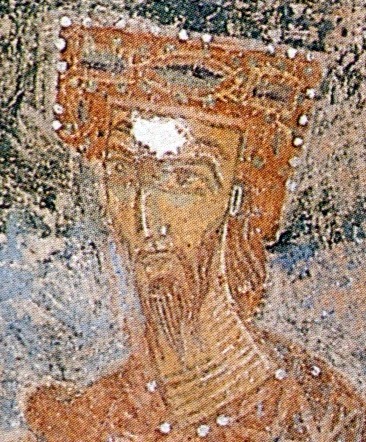|
Vojislavljević Dynasty
The House of Vojislavljević ( sr-Cyrl, Војислављевић, pl. Vojislavljevići / Војислављевићи) was a Serbian medieval dynasty, named after ''archon'' Stefan Vojislav, who wrested the polities of Duklja, Travunia, Zahumlje, inner Serbia and Bosnia from the Byzantines in the mid-11th century. His successors, kings Mihailo I Vojislavljević (d. 1081) and Constantine Bodin (d. 1101) expanded and consolidated the state. During the 12th century, the main line of the Vojislavljević family was ousted by their cadet branch, the Vukanović. (which became the Nemanjić dynasty), in the late 12th century. History Background Stefan Vojislav Stefan Vojislav, the progenitor of the dynasty, was a nobleman in Byzantine service who had the titles of ''archon'', and '' toparch'' of the Dalmatian ''kastra'' of Zeta and Ston.Kekaumenos, ed Litavrin, 170-2Paul Magdalino, ''Byzantium in the year 1000''p. 124/ref> In 1034 he led an unsuccessful revolt that resul ... [...More Info...] [...Related Items...] OR: [Wikipedia] [Google] [Baidu] |
Duklja
Duklja ( sr-Cyrl, Дукља; ; ) was a medieval South Slavs, South Slavic state which roughly encompassed the territories of modern-day southeastern Montenegro, from the Bay of Kotor in the west to the Bojana river in the east, and to the sources of the Zeta (river), Zeta and Morača rivers in the north. First mentioned in 10th– and 11th-century Byzantine chronicles, it was a vassal of the First Bulgarian Empire, Bulgarian Empire between 997 and 1018, and then of the Byzantine Empire until it became independent in 1040 under Stefan Vojislav ( 1034–43) who rose up and managed to take over territories of the earlier Principality of Serbia (early medieval), Serbian Principality, founding the Vojislavljević dynasty. Between 1043 and 1080, under Mihailo Vojislavljević ( 1050–81), and his son, Constantine Bodin ( 1081–1101), Duklja saw its apogee. Mihailo was given the nominal title ''King of Slavs'' by the Pope after having left the Byzantine camp and supported an Uprising ... [...More Info...] [...Related Items...] OR: [Wikipedia] [Google] [Baidu] |
